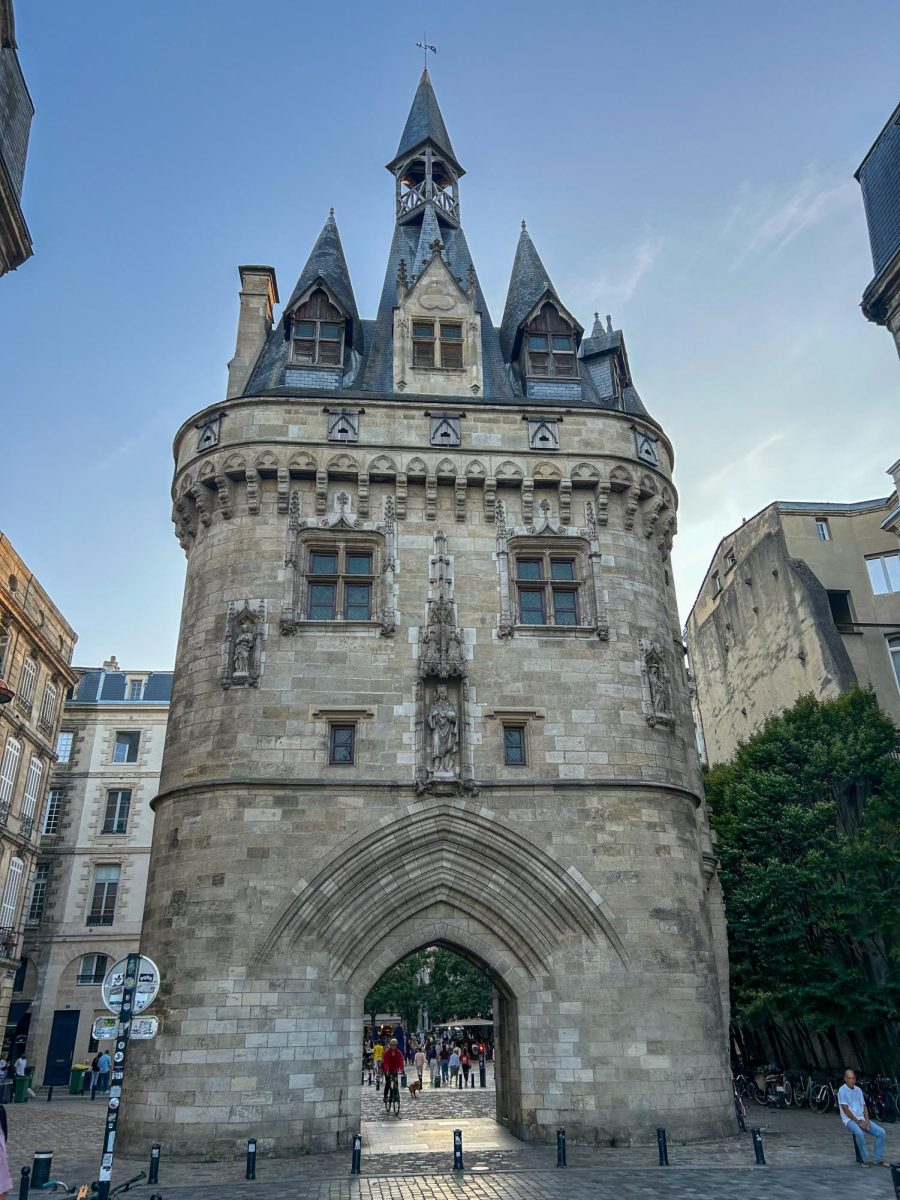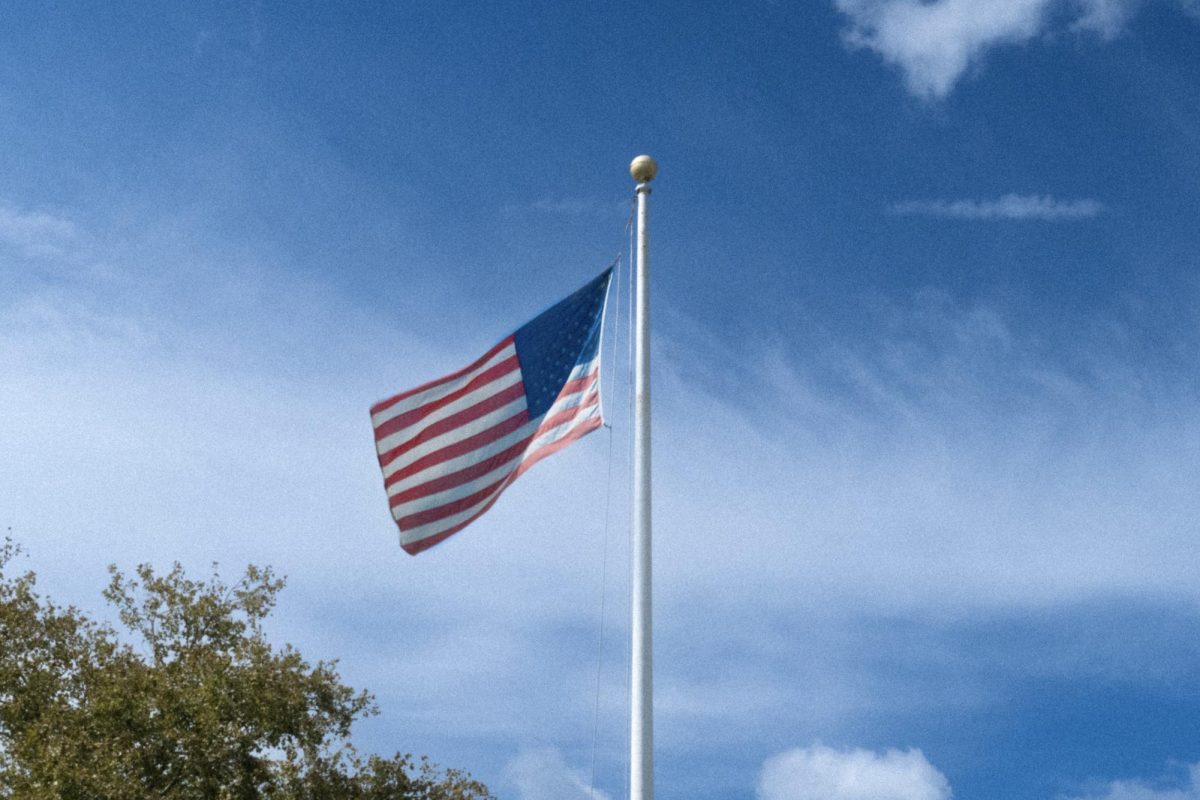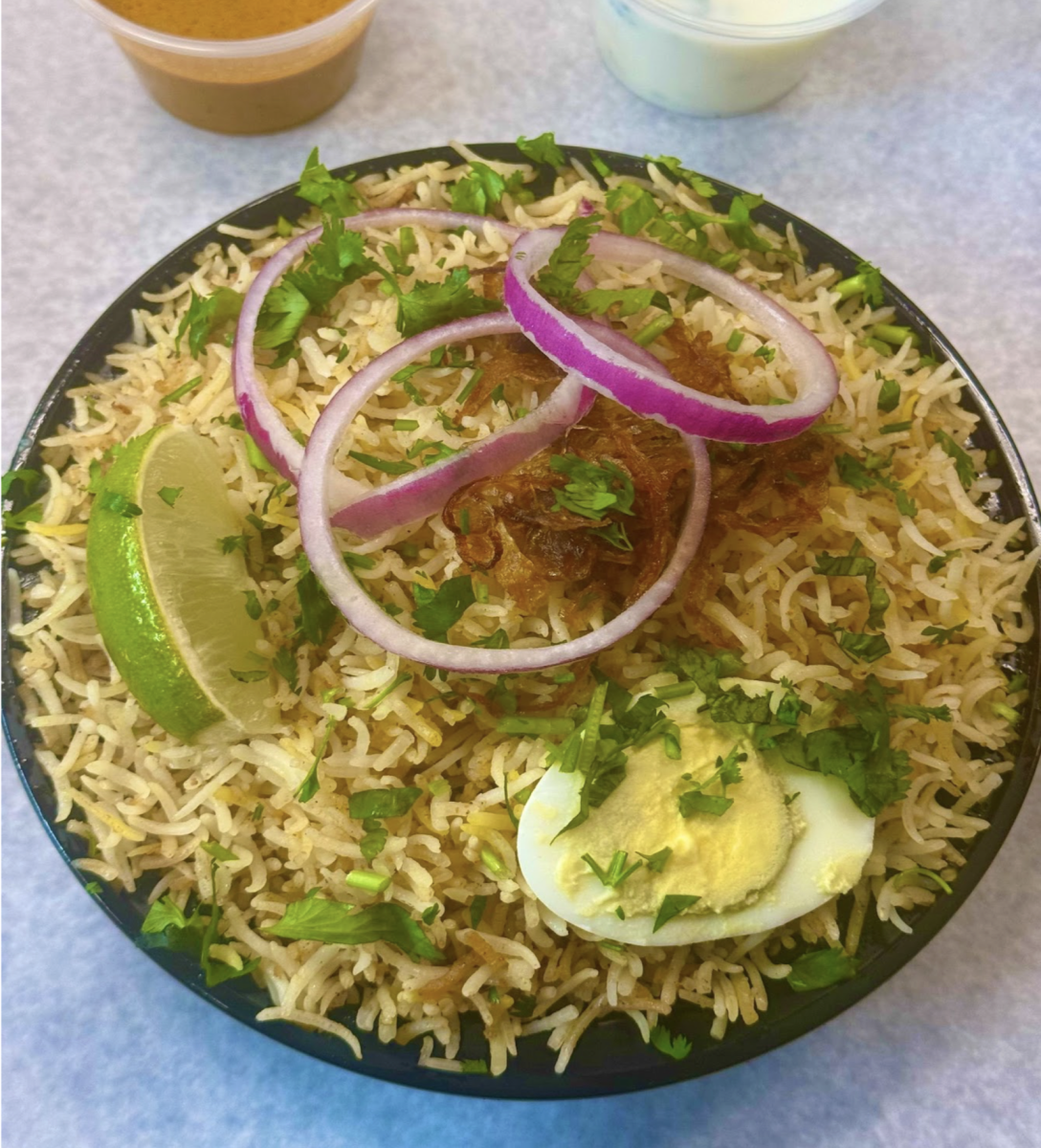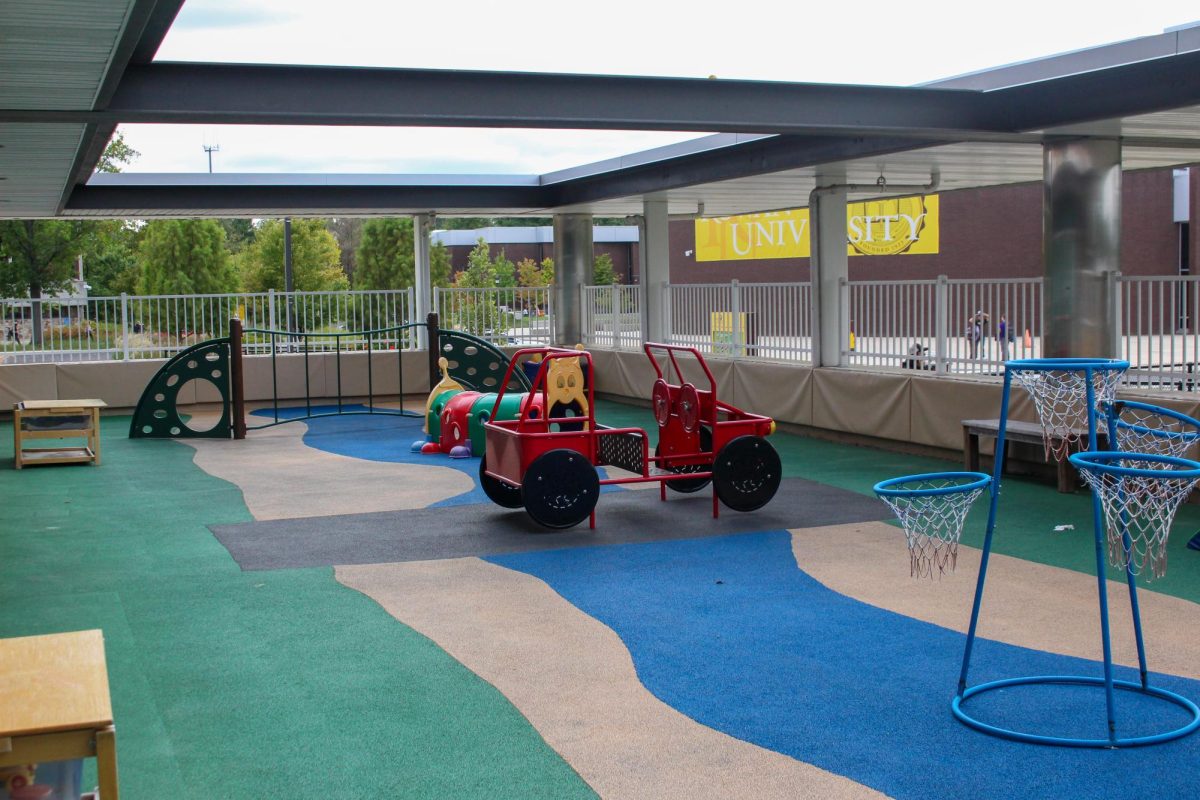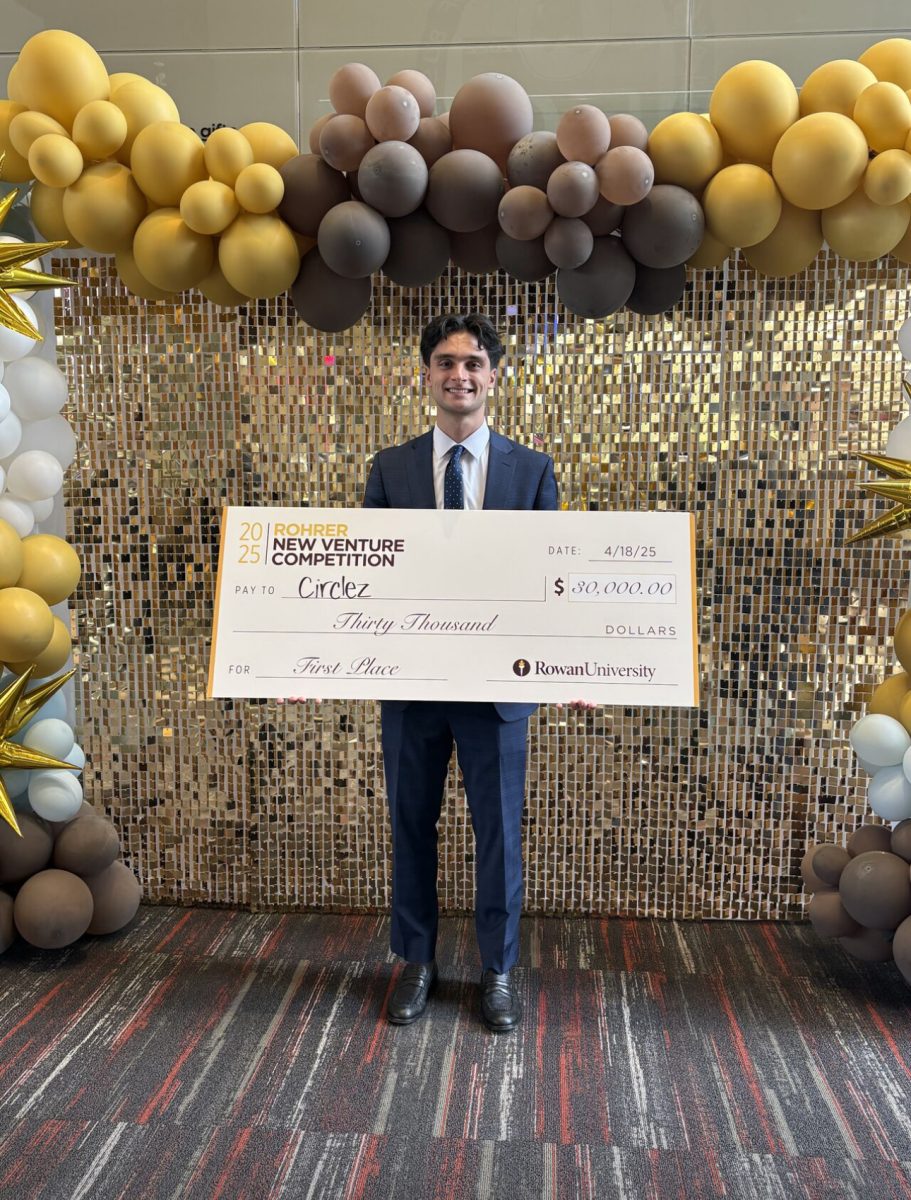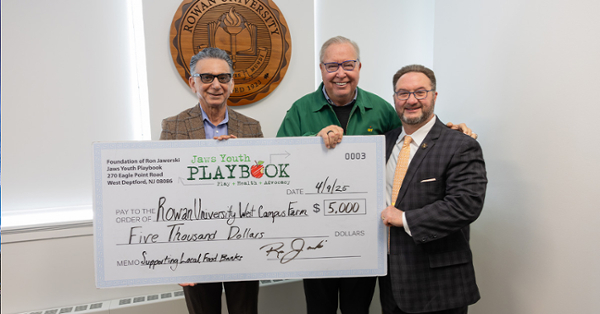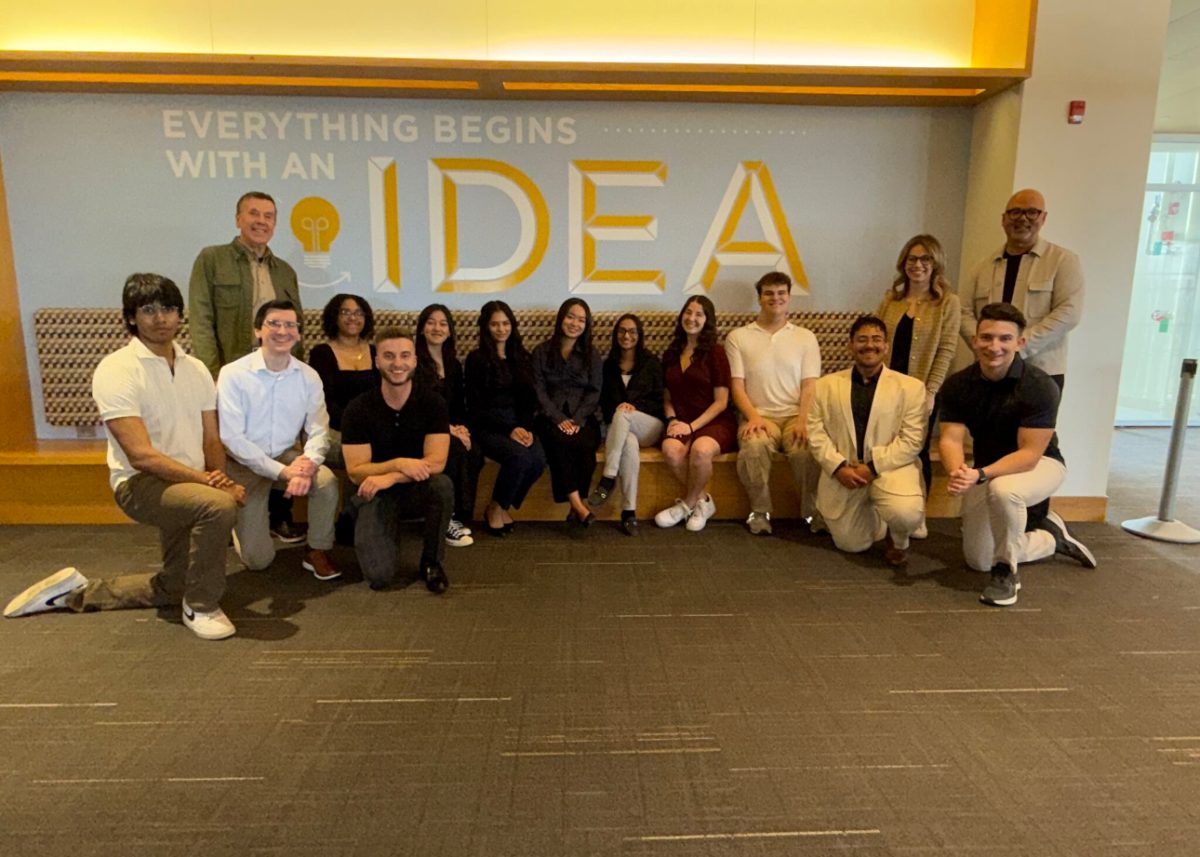On Tuesday, Oct. 15 in Business Hall, the Rowan Muslim Student Association (MSA) partnered with Rowan Students for Justice in Palestine (SJP) to host Dr. Adam Hamawy, who gave his “Saving Gaza” presentation.
Hamawy is a board-certified plastic surgeon specializing in aesthetic and reconstructive procedures. He earned his medical degree at Rutgers Newark and completed his general surgery residency at the New York Presbyterian Hospital. He has volunteered in war-torn countries like Bosnia and assisted at Ground Zero on 9/11. He also provided free surgeries in disaster-stricken regions, such as Haiti, Jordan, and Turkey. He is a member of the Palestinian American Medical Association in Gaza.
It began with an update on statistics related to Gaza, presented by members of SJP. As it stands, over 41,500 people have been killed by Israel’s ground and air campaigns, according to Reuters. The event began with an update on statistics related to Gaza presented by members of SJP, followed by SJP Founder and Secretary, Zobia Bokhari reflecting on the one-year anniversary of the Oct. 7 attacks.
“Today marks well over a year of genocide. This past Sunday, the IDF [Israeli Defense Forces] launched a series of deadly strikes, on a flour distribution center, a school, and a makeshift shelter for displaced people, at Al-Aqsa hospital in central Gaza,” said Bokhari. “Footage we’ve seen [of this attack] from Gaza shows victims being burned alive as rescuers were only able to watch.”
The information slides continued, with an update on the conflict between Israel and Lebanon.
An early slide showed Hamawy and his team taking a picture next to a sign that said “I Love Gaza.” The same slide showed a video of an Israeli tank purposely running over that sign, destroying it.
There were many sights and sounds that stuck with Hamawy and the crew of doctors and nurses he worked with. One of his slides showed a video of dozens of foreign aid trucks stopped and sitting by the Rafah border, literal tons of vital aid going to waste, deliberately blocked by Israel. For years, the people of Gaza have been living underneath a constant swarm of surveillance drones, which Hamawy and his team became very familiar with. When they arrived in Gaza, they were met with a crowd of young kids, eager to help, and grateful to see a friendly face.
“You had kids from about five years old to twelve years old unloading these seventy-pound bags,” Hamawy said. “This is what we’re seeing every single day. Most of them are children… this child, anywhere in the United States, probably would have survived. It’s not a lack of skill, it’s a lack of resources,” Hamawy said, while describing one of his patients, a young boy whose house was bombed.
There was a palpable sense of desperation in the hospital where they worked.
“They’re cooking… they’re sleeping in the hallway, all of their belongings are there… this was a luxury for the people with a roof over their head,” Hamawy said.
This extended to one particular Gazan health worker who assisted them, who was killed along with his family.
“He disappeared a few days later, after the Rafah closing… he had a two-year-old and a three-month-old… they were told to go to a ‘safety zone,’ and there was nothing there,” Hamawy said. “This is their life, they work until they die.”
The most impactful and intense portion of the talk was the slides showing pictures of Hamawy’s actual patients in the hospital. The images were incredibly graphic, and not what is typically shown on television and social media.
“This is what a blast wound looks like. This is a combination of shrapnel, of burns,” Hamawy said, describing two pictures of burned and disfigured legs. “This was a husband and wife, all of their children were killed.”
The area surrounding the hospital, the neighborhood of Khan Younis, was completely leveled. Hamawy made it clear that nothing was safe. Mosques, schools, ambulances, and hospitals were bombed, and he witnessed doctors being taken by the IDF, and presumably killed.
The team was under constant bombardment from Israeli bombs, though, fortunately, they did not have any encounters with any combatants on either side. He spoke to specific claims regarding Hamas operating out of hospitals.
“I saw no fighters at all,” Hamawy said. “I didn’t see any guns in the hospital, there was no one that I could identify as a combatant. There were definitely no tunnels underground, and no command base there. And this isn’t just me, this is unanimous, everybody that’s coming back, people who were at Shifa hospital, people at Nasra hospital. There’s been no evidence to actually show that anyone like that was there.”
He opened up the floor for a question and answer session, where he fielded questions on the process of triage, and how he’s been handling it all since coming back home. At one point, he was asked about the contention over the numbers coming from the Gaza Health Ministry, and whether he could speak to their accuracy.
“I was only in one location, so I can only report on that. One of the criticisms has been ‘You only see what they want you to see.’ The problem is that there have been over one hundred doctors who have been there… at every location throughout Gaza,” Hamawy said. “We’ve all been there at different times, most of us don’t know each other…and yet we are all reporting similar injuries, similar numbers, similar statistics. Other humanitarian organizations– the W.H.O., the United Nations– have corroborated what the Ministry has reported.”
Hamawy ended his talk by encouraging people to vote, though stopped short of endorsing any particular party or candidate.
“The lesser of two evils is still evil,” Hamawy said. “I know there’s more at stake than just Gaza…let’s save the humans first.”
For comments/questions about this story DM us on Instagram @thewhitatrowan or email [email protected]

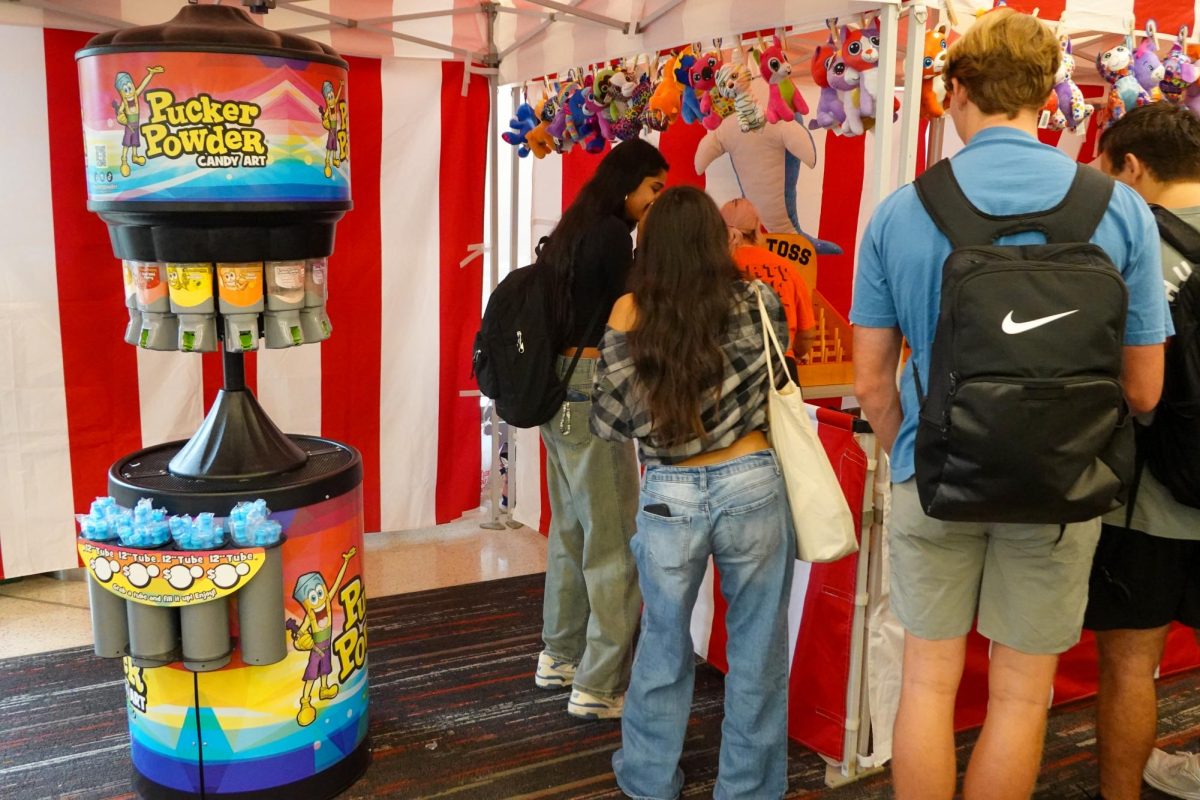
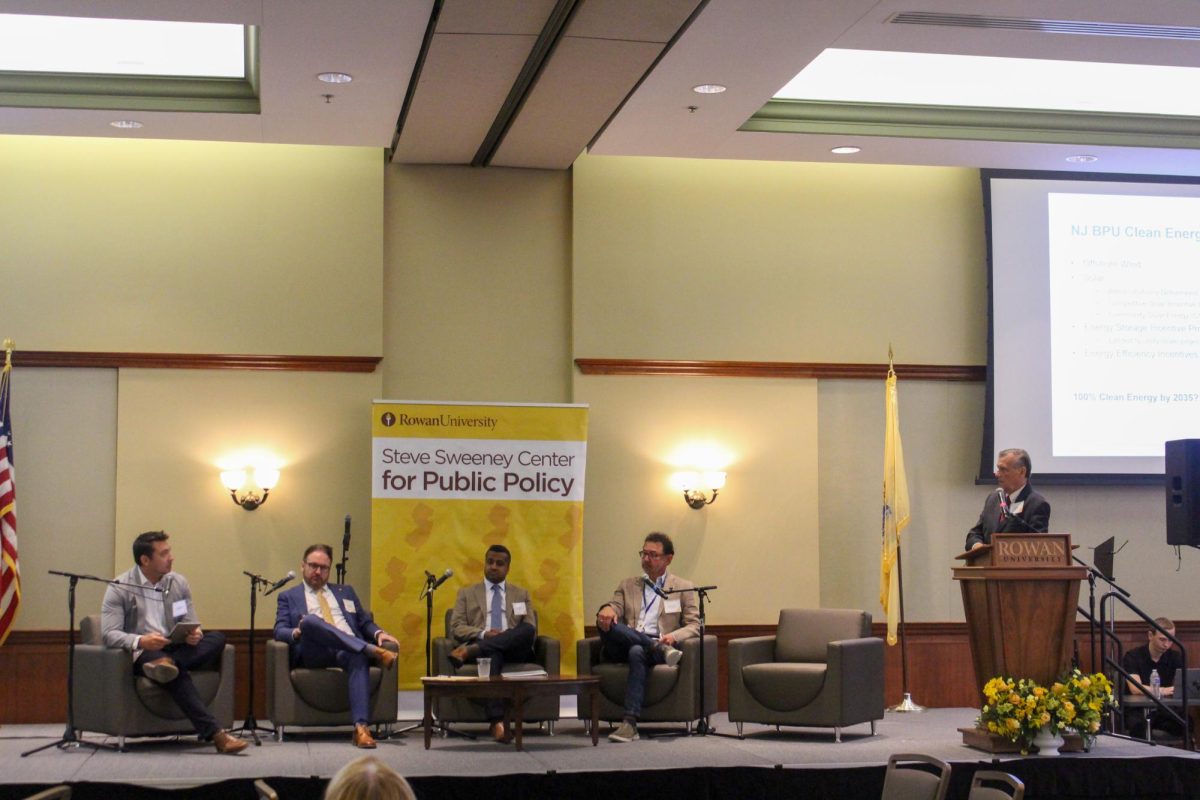

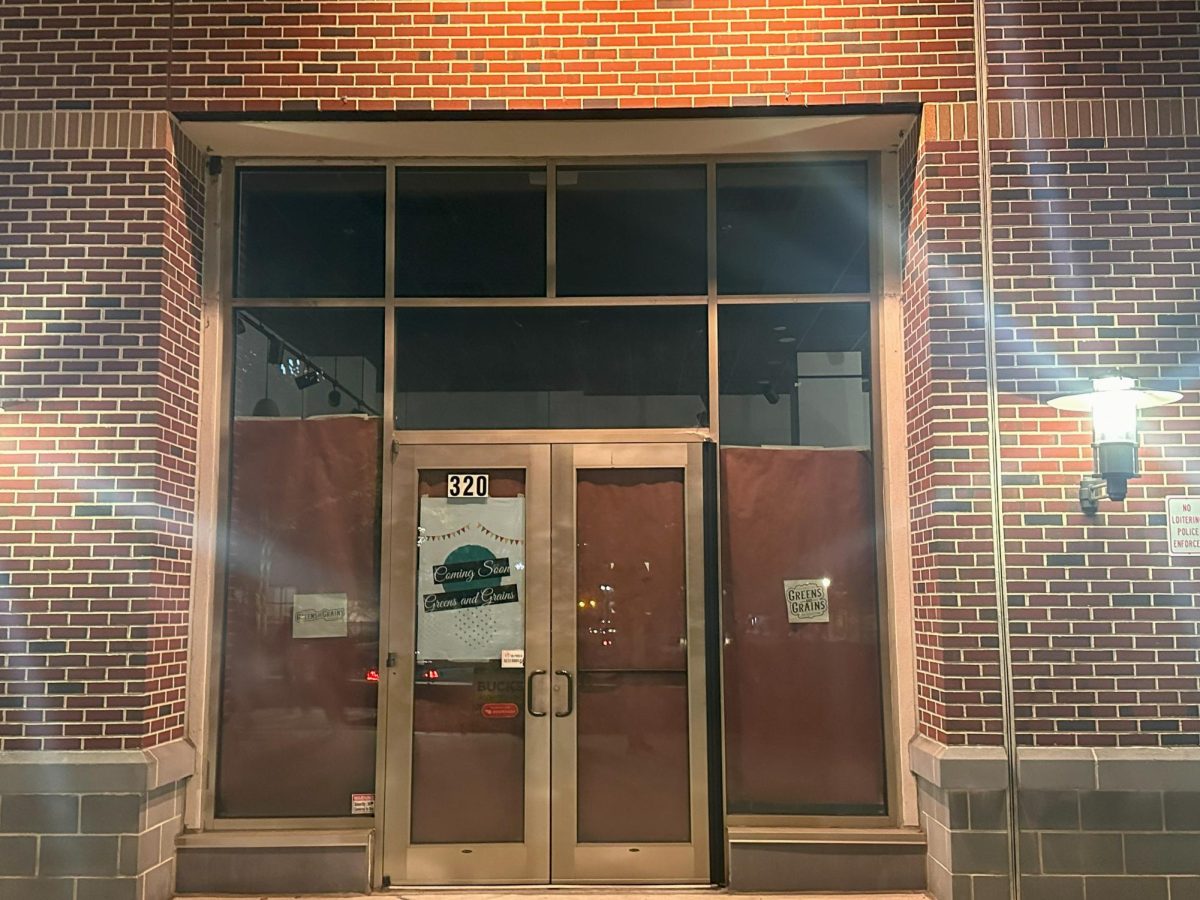


















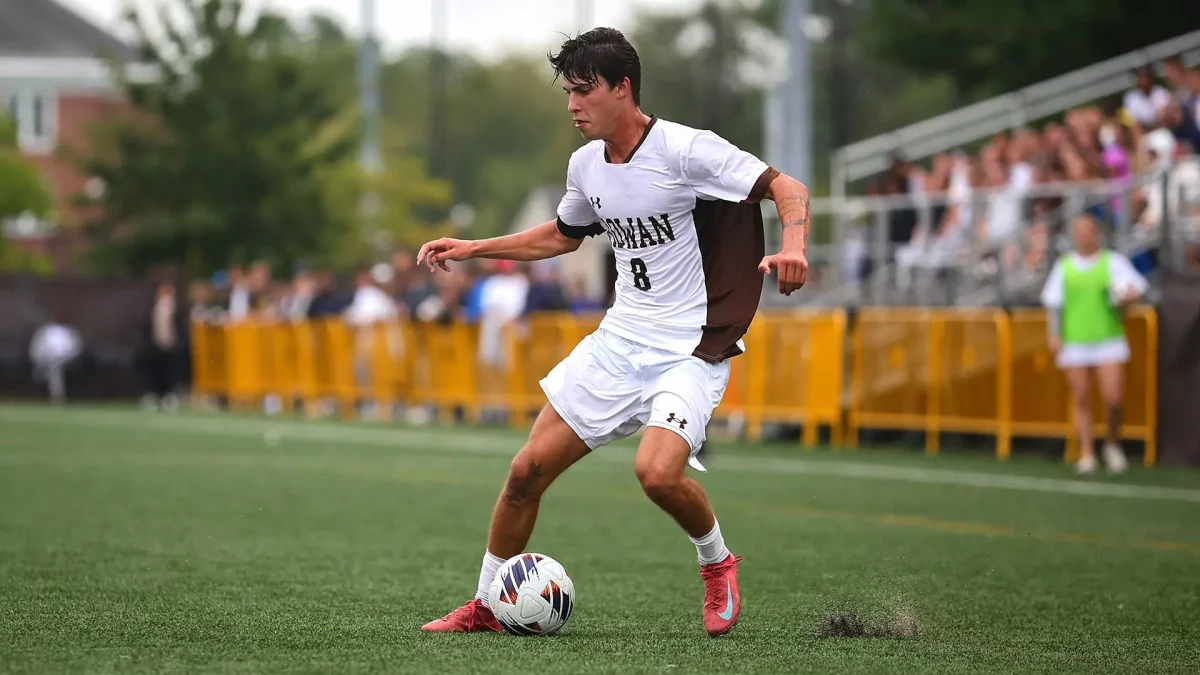
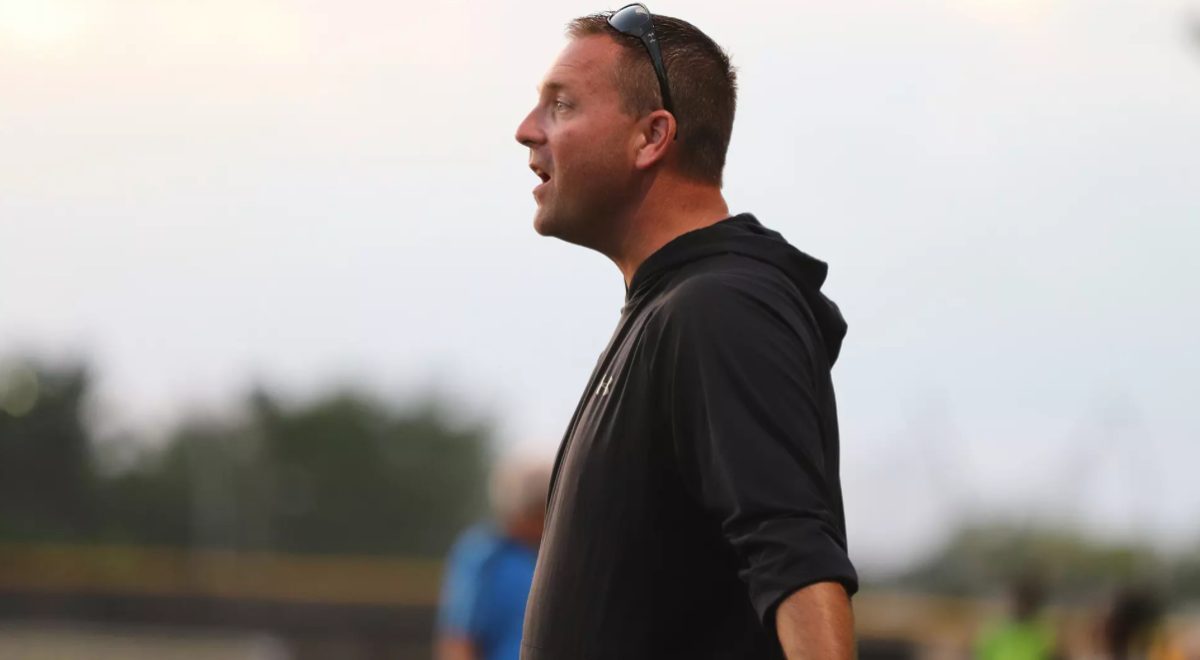


































































































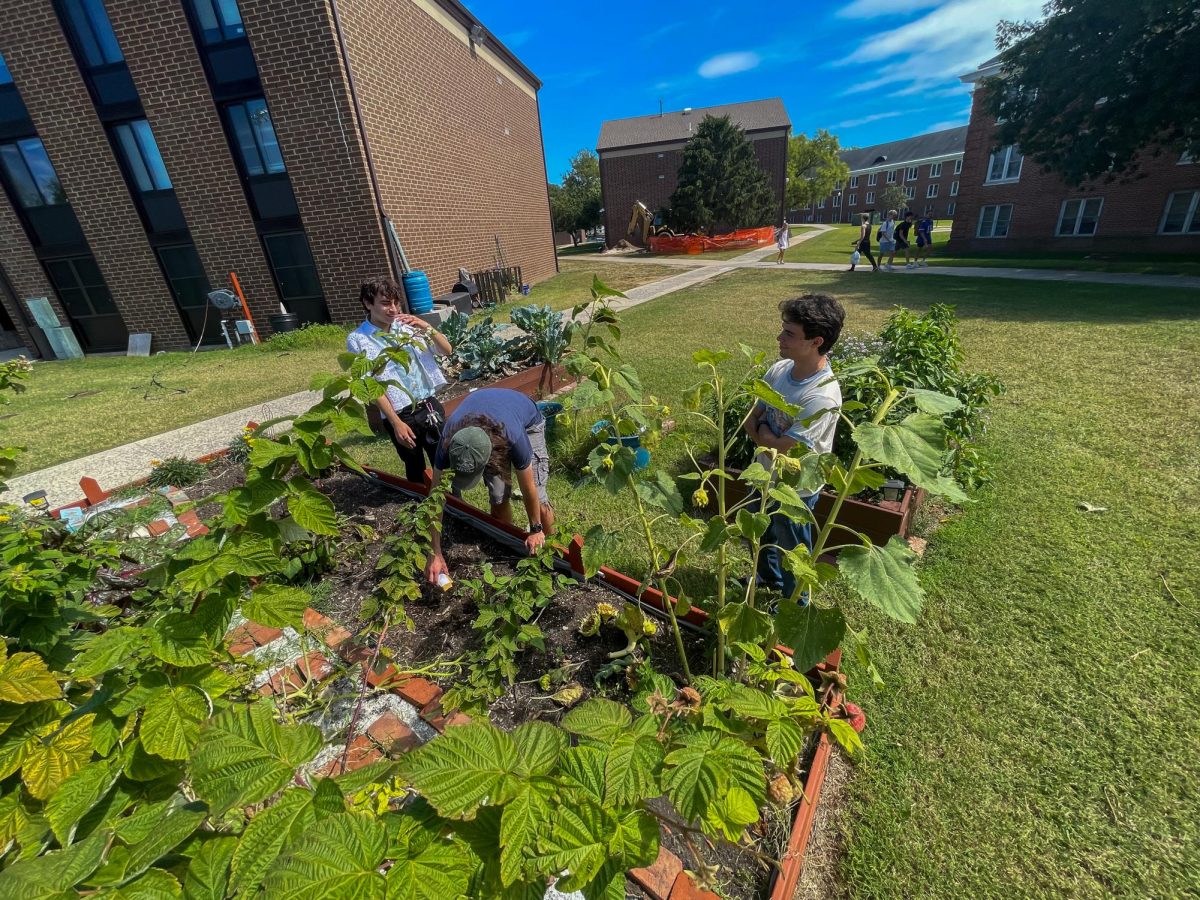



















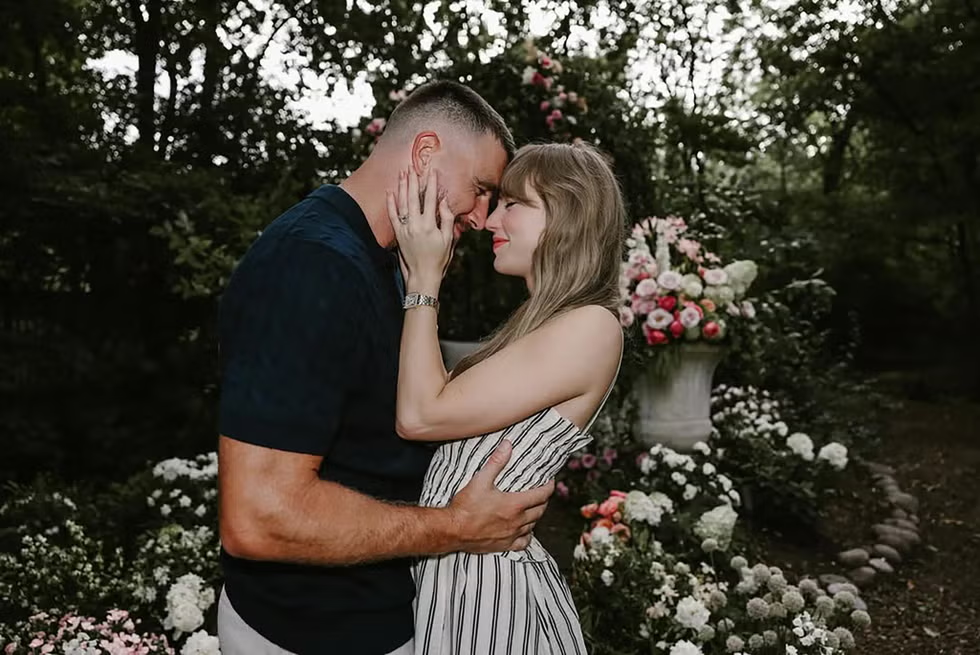

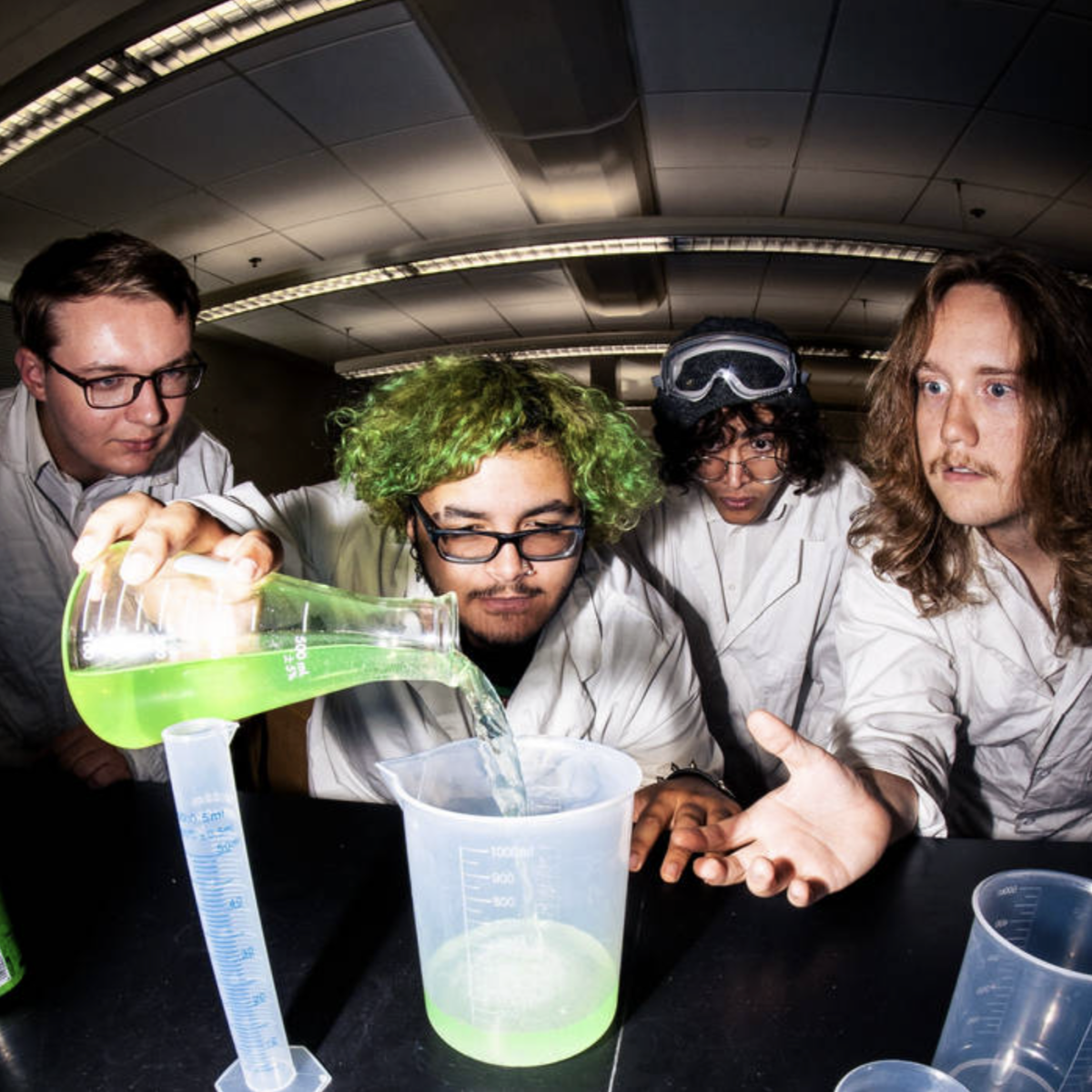





!["Working with [Dr. Lynch] is always a learning experience for me. She is a treasure,” said Thomas. - Staff Writer / Kacie Scibilia](https://thewhitonline.com/wp-content/uploads/2025/04/choir-1-1200x694.jpg)














